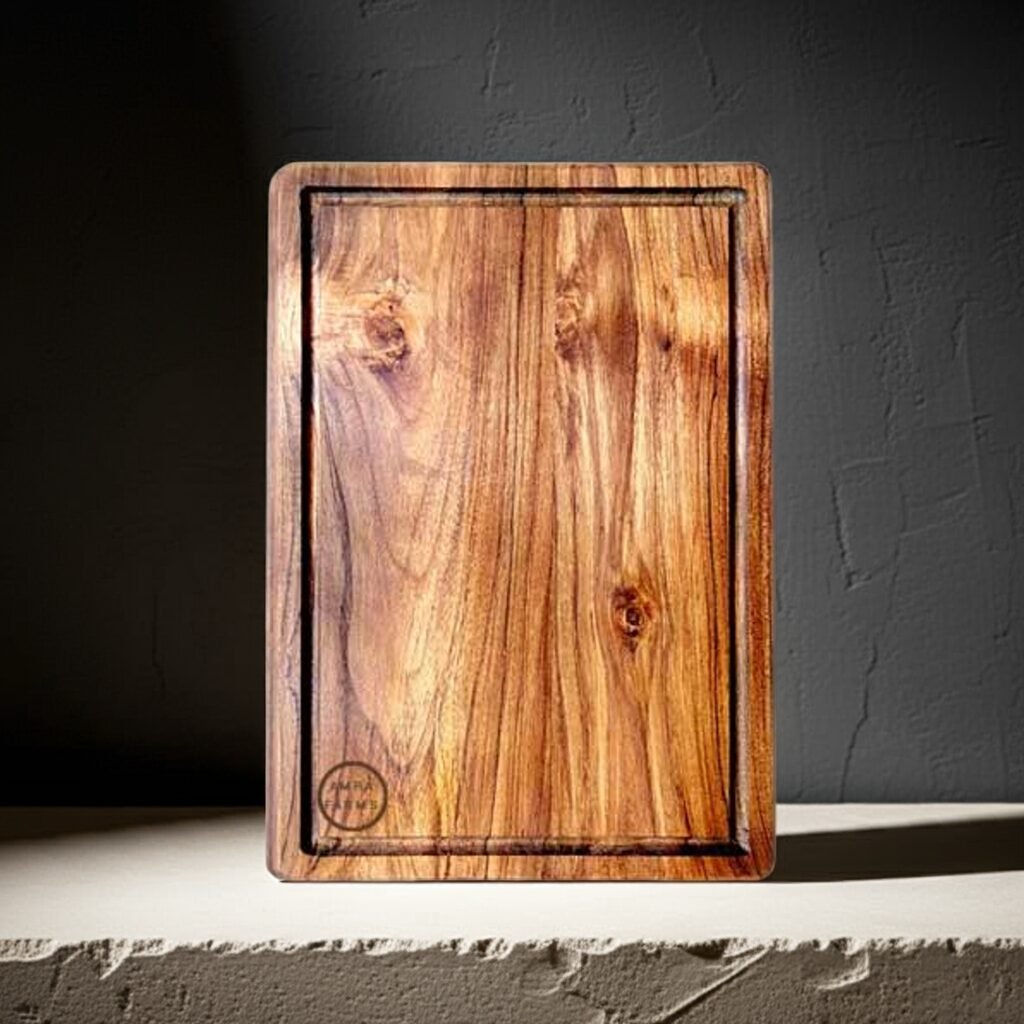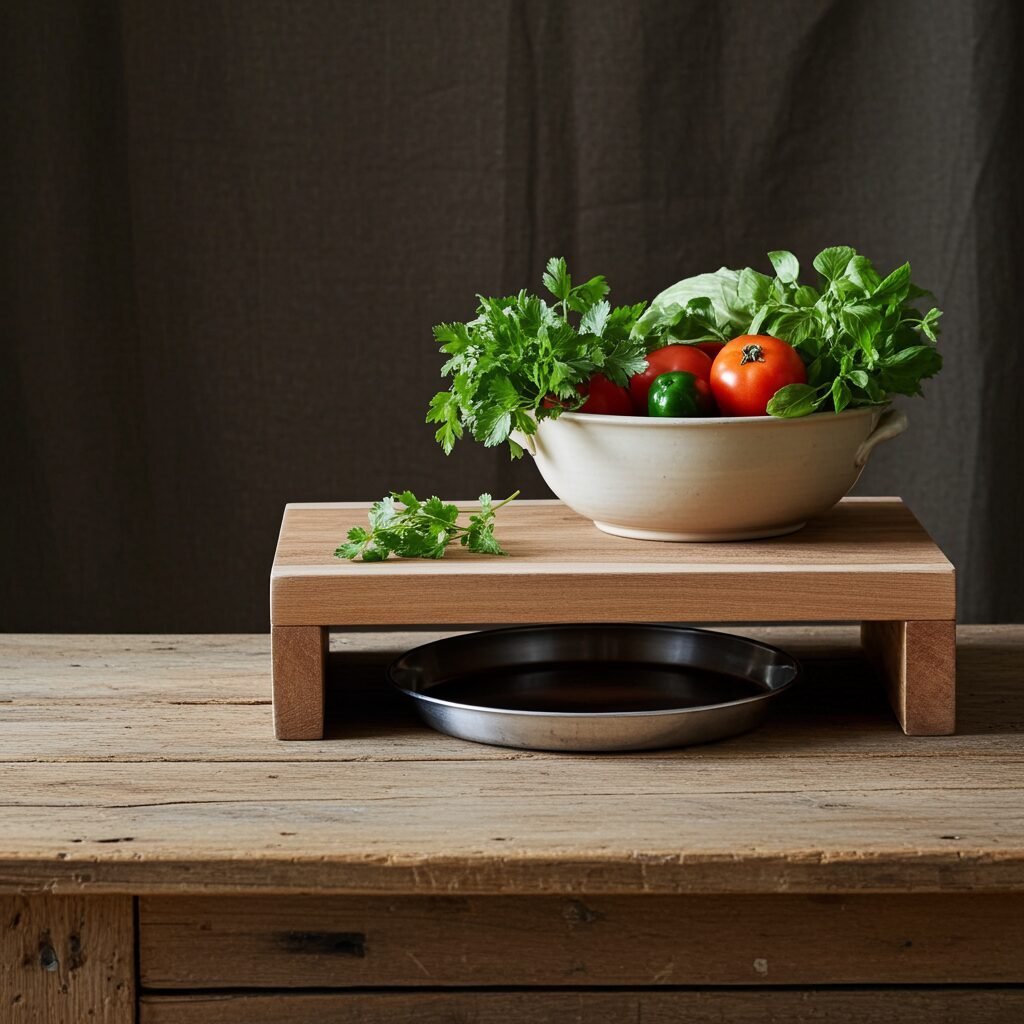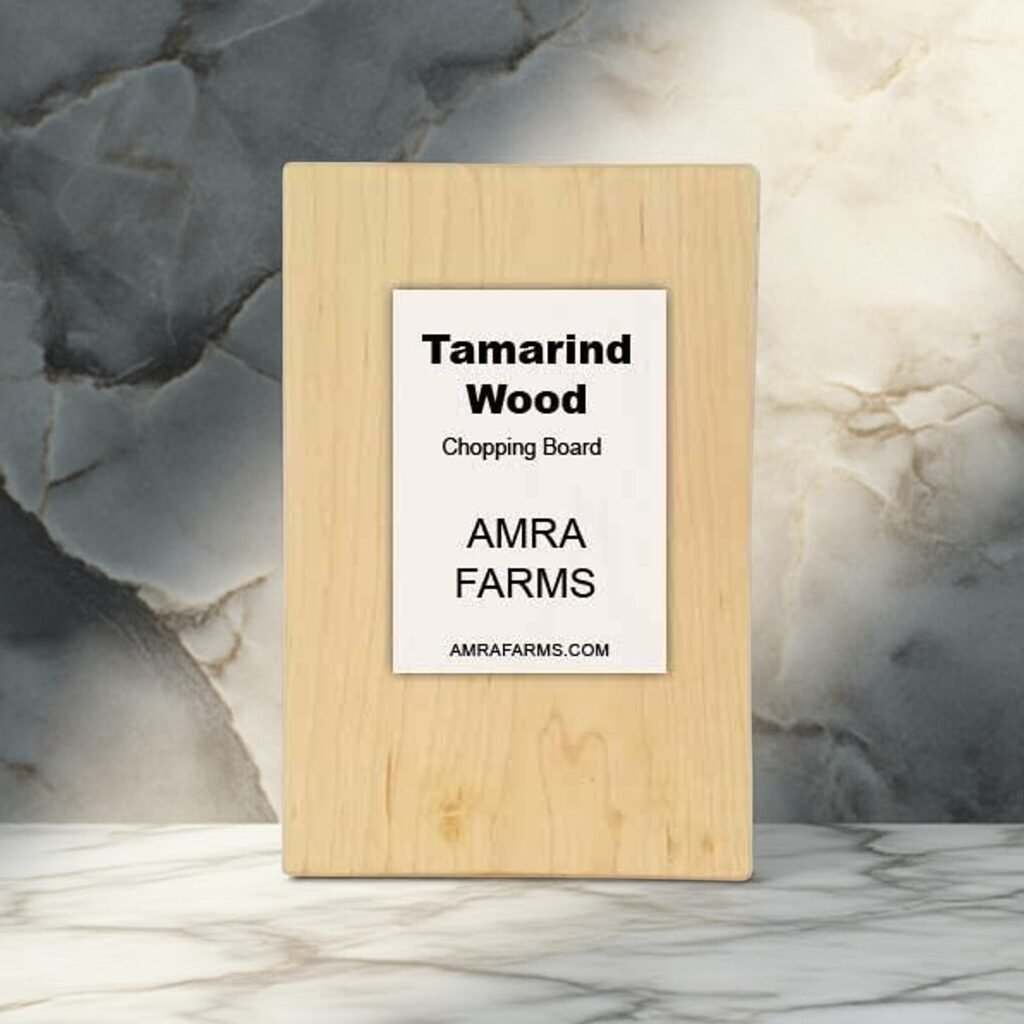Your cart is currently empty!
Why Antibacterial Reversible Teak Wood Cutting Boards Are a Must-Have for Your Kitchen
When purchasing a Teak wood Cutting board, look for a reversible teak wood cutting board which will last a lot longer and you can use both sides, one for meat and fish while the other for vegetables. This ensures that you avoid cross-contamination of food and the cooked food is not contaminated. Teak wood, in general, is antibacterial and prevents bacterial growth due to its oil content. It is also easy to maintain. A reversible teak wood cutting board will last you anywhere between 5 to 10 years without losing its beauty and functionality.
A reversible cutting board allows you to use both sides, allowing you to extend the life of the board by making the most of its surface. The concept of reversibility ensures minimal wear and tear, preventing deep knife marks and harboring bacteria. This is especially beneficial for home kitchen users who do a lot of cooking and require a versatile, long-lasting board.
Teak wood cutting boards have their own set of advantages. Being premium quality wood and antibacterial, teak wood is tough yet soft on knives. Teak wood is moisture and water-resistant and requires minimal maintenance. If you miss out on oiling the board for a week or two, teak wood doesn’t dull so fast. You can make up for the maintenance when you have the time. The dense and smooth texture of teak makes it easy on the knives, preventing dulling, and its self-healing properties keep the board looking pristine even with years of use.
The benefit of teak is that it’s also great for serving and can be used as a tray. The wood can make a great visual centerpiece and a functional tool.






The Benefits of Reversible Cutting Boards
A reversible cutting board simply means a cutting board where both sides of the board can be used. A teak wood reversible or dual-sided cutting board is typically constructed to ensure maximum usage, allowing you to cut, chop, and dice on both sides of the board. Reversible cutting boards are chosen for their ability to extend the board’s usability and life.
Double the lifespan of your cutting board
A dual-sided cutting board means double the lifespan of the cutting board. Instead of using the same side repeatedly, causing knife marks and uneven wear, flip the board and use both sides alternatively to balance the board’s wear and tear and preserve the integrity of the board, keeping the board in better condition for a long time. Spreading out the wear and tear of your board ensures longer life, preventing one side from becoming overly damaged.
Multipurpose functionality
Many home users find it difficult to purchase two boards for different purposes. Many of us would love a different board to chop meat, chicken, and fish, but we don’t want to bother with purchasing two different boards. With a dual-sided board, you can utilize one side for meat and fish while the other can be dedicated to chopping vegetables. This prevents cross-contamination, and you don’t have to buy two different boards now! Pick a board with features like side handle grooves for you to easily flip the board, and also check for features like juice grooves for cutting meat or juicy vegetables.
Why Teak Wood is Ideal for Cutting Boards
For generations, teak wood has been used for various purposes. From boat building to construction, teak wood has had its presence felt in various areas. The longevity and durability make teak wood the perfect wood for heavy-duty tasks, while its resistance to pests, antibacterial feature, and resistance to moisture and water make it a desirable wood for areas that are humid. Teak is also beautiful. Teak wood has been termed as literally indestructible and has survived 1000 years in temples and old constructions in India, making it one of the best woods. The beauty of the wood itself makes it even more desirable. For chopping boards, teak wood is a low-maintenance wood with self-healing properties and resistance to bacteria and mold.
Self-healing properties (ability to resist knife marks)
Like all wood, teak is self-healing too. Self-healing properties of wood make it the best material for chopping boards. Self-healing means the ability of wood to close wounds impacted by knife cuts. Unlike plastic, glass, and steel, which are prone to scratches and do not reform to their original state, wooden boards are known to close up the wounds naturally. This property of wood helps in keeping the wood antibacterial, reducing knife grooves, and improving its durability in general. Teak wood is known for its self-healing properties. Scratches from knife marks heal naturally due to its dense fiber and ensure no space for food to get trapped, making it safe to cut vegetables and meat.
Gentle on knife blades, increasing the longevity of your knives
While tough and heavy, they are soft on knives. Unlike dense plastic boards made from HDPE or steel and even bamboo boards, teak wood boards are relatively soft on knife edges, making them a perfect board for professional chefs who use expensive knives. The ability of teak wood to be soft on knives is also determined by the construction of the board itself. End-grain teak wood cutting boards are more knife-friendly than edge-grain cutting boards. Nevertheless, edge-grain cutting boards will outperform plastic, steel, and glass cutting boards.
Resistance to bacteria and mold, making it a hygienic choice
Teak wood is known to be water-resistant and resistant to pests. While the sapwood of teak is known to be relatively soft and will deteriorate over time, the heartwood is often hard enough to survive centuries if kept indoors. Teak wood is naturally water-resistant, making it hard for mold to form on them. They are rich in oils and tannins, making them inhospitable for bacteria. Teak wood is considered one of the safest wood choices for cutting boards due to these characteristics.
Sustainability and Eco-Friendliness of Teak Wood.
Teak wood plantations are controlled and focus on responsible harvesting. Amra Farms teak wood cutting boards come from sustainable and responsible harvesting and cultivation practices. We ensure our plantations are not depleted and new trees are consistently planted on our property. Teak wood plantations worldwide practice the same principle these days. With teak being a prized commodity, many farmers and even the government ensure that teak is planted where possible.
Aesthetics – The Beauty of Teak
Teak is known for its golden brown color. The wood is highly prized; the quality ensures that your cutting boards are not limited to just the kitchen. Teak cutting boards double as a serving tray and a centerpiece for your dining table, making it an appealing piece of accessory in any home.
Care and Maintenance of Teak Wood Cutting Boards
Wooden cutting boards generally require maintenance, but teak is an exception. Teak wood cutting boards are low maintenance due to their natural properties. Being high in natural oil makes the wood durable even without much maintenance. Just ensure that your practices are healthy and clean.
Tips on Cleaning and Maintaining Teak Wood.
Rinse your teak wood cutting boards immediately after each use. Leaving the wood with food on it for a longer period of time will allow the liquid from the food to seep into the wood. This creates a chance for bacterial buildup and also is harder to clean. Once you wash the board, wipe it dry with a towel.
- Hand wash only, not dishwasher safe
- Rinse immediately after use
- Dry thoroughly after each use
- Use a scraper or brush to remove residue when required
The Importance of Oiling the Board Regularly.
Teak wood is naturally rich with its own oil. But oiling once every few days can prolong the life of teak wood, preventing it from warping and cracking. Teak wood requires minimal maintenance. Unlike mango wood and other woods which are softer, teak wood is dense and heavy, which prevents it from warping. But additional support with natural mineral oil or edible oils like coconut or beeswax can extend the life of the cutting board.
- Oil your board once a month
- Choose the right oil
- Application process
Avoiding Common Mistakes
- Do not soak in water: Ensure that your boards are not soaked in water. Teak wood boards are not dishwasher safe and should not be drowned or soaked in water.
- Do not expose to direct sunlight and heat: Avoid placing hot pans on top of the teak wood cutting boards and do not leave them directly in the sun. Excessive heat removes the natural moisture content in the board and creates an imbalance resulting in cracks.
- Do not store in a damp environment: Do not place your boards in damp areas. Though teak is resistant to humidity and moisture, it is still capable of absorbing moisture to some extent. Avoid placing the board in a refrigerator or in areas where moisture content is very high.
How to Choose the Right Reversible Teak Wood Cutting Board
When choosing a reversible teak wood cutting board, there are certain basic features you should look out for. Among them are the size, thickness, quality of wood, and craftsmanship.
Size: If you prepare large meals and frequently cook for more than 3-4 people, a large cutting board will be convenient. Pick a size of 18X24 inches. If you are a small family or a bachelor, consider a board with the size of 9X15 inches. When choosing a large board, make sure you have enough storage space too. If you do not have a large kitchen and enough storage in shelves, then you may leave them standing on the countertop.
Thickness: As a rule of thumb, larger boards should be thicker. Smaller boards should not be less than 2 centimeters. Teak wood cutting boards do not warp easily, but a thinner board is prone to warping faster than thicker ones. A minimum thickness of 2 centimeters for a small-sized board (9X15 inches) is good. For larger boards, a thickness of at least 3 centimeters is required and could go up to 5 centimeters.
Craftsmanship: Teak wood boards are expensive. When purchasing one, look for the craftsmanship in these boards. They should be well-sanded, with smooth and curved edges. Check for splits and cracks.
What to Look for in High-Quality Teak Wood
The wood itself will be golden brown in color with tight grains. There should be minimal white, less than 5% preferably. Check for the unique appearance in the wood itself. Eyes in the wood, etc., provide extra beauty to the wood.
Features to Enhance Convenience
A cutting board with grooves on one side adds a bit of functionality to the board and avoids any spills on the countertop. Also, ensure that there are handles of some sort, preferably inbuilt, to turn the boards around when required and for easy handling.
Conclusion
Reversible cutting boards add value to the cutting board with more durability and life. Functionally, you will have 2 boards in one with the ability to switch the sides of the board based on the food you are cutting. With a teak wood reversible cutting board, you will be able to chop vegetables, meat, and other foods, including bread, while using the board to serve food and use it as a centerpiece to arrange fruits on your dining table.
Categories
Products
- Buy Wooden Vegetable Cutting Boards Online
- Wooden Kitchen Accessories Tools
- Buy Butcher Block & Meat Cutting Boards Online
- Buy Premium Edge Grain Single Block Wooden Chopping Boards Online
- Buy The Best Teak Wood Chopping Boards Online In India
- Buy Wooden Cutting Boards With Handle For Kitchen
- Mango Wood Chopping Boards
- Single Block Chopping Boards
- Tamarind Wood Chopping Boards
- Wooden Platter Boards , Pizza Platters & Charcuterie Boards
Tamarind Wood Cutting Board Teak Wood Cutting board
